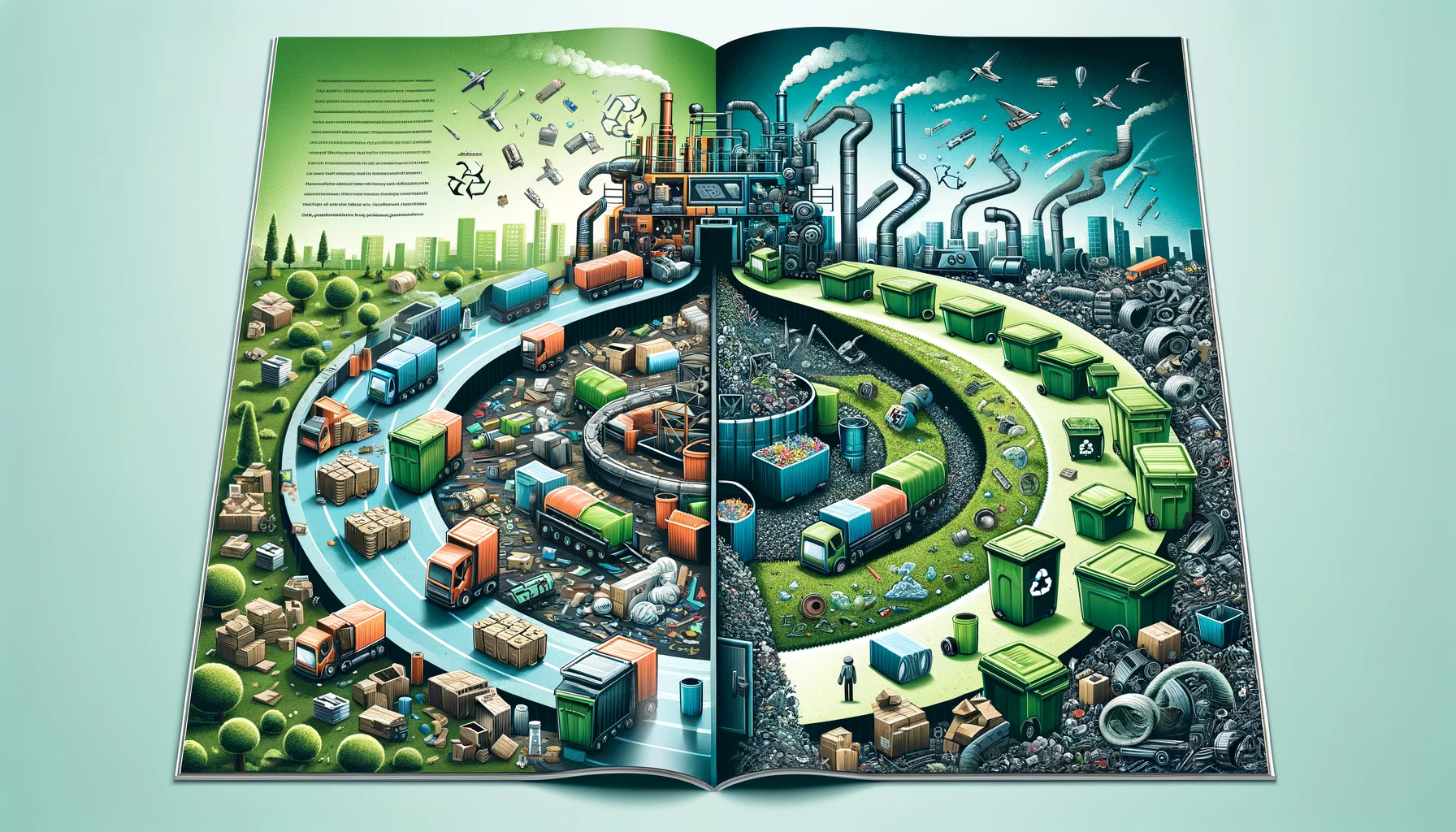In an era of escalating environmental challenges, recycling serves as a key pillar of sustainable waste management, allowing us to repurpose waste materials into valuable new products. By reducing the demand for raw materials and minimizing waste sent to landfills, recycling plays a crucial role in environmental preservation (Wilson, 2007).
The Process of Recycling
Recycling typically involves three steps: collection and processing, manufacturing, and purchasing recycled products. After collection, recyclables are sorted, cleaned, and processed into materials that can be used in manufacturing. These materials are then transformed into new products, which consumers can purchase and use (EPA, 2020).
Environmental Benefits
Recycling carries significant environmental benefits. It conserves natural resources, such as timber, water, and minerals, that would otherwise be extracted for manufacturing new products (Allwood, 2014).
Moreover, recycling reduces energy consumption. Manufacturing products from recycled materials generally require less energy than producing them from new raw materials. For example, producing aluminum from recycled materials uses 95% less energy than from bauxite ore (Gutowski et al., 2011).
Additionally, recycling mitigates pollution by reducing the need for waste disposal in landfills or incinerators, both of which can generate harmful greenhouse gas emissions and pollutants (Mannucci & Tassistro, 2018).
Challenges and Opportunities
Despite these benefits, recycling rates globally remain relatively low due to various challenges including inadequate waste collection systems, lack of awareness, and economic barriers. Solutions to these issues involve policy interventions, awareness campaigns, and technological advancements to make recycling more efficient and cost-effective (Wilson, 2007).
Conclusion
Recycling represents a tangible way for individuals, communities, and businesses to contribute to sustainability. By embracing recycling and promoting a circular economy where waste becomes a resource, we can move towards a more sustainable, resilient future.
References
- Wilson, D. C. (2007). Development drivers for waste management. Waste Management & Research, 25(3), 198-207.
- United States Environmental Protection Agency (EPA). (2020). How do we transform materials?. EPA.
- Allwood, J. M. (2014). Squaring the Circular Economy: the role of recycling within a hierarchy of Material Management Strategies. In Handbook of Recycling (pp. 445-477).
- Gutowski, T., Sahni, S., Allwood, J., Ashby, M., & Worrell, E. (2011). The energy required to produce materials: constraints on energy-intensity improvements, parameters of demand. Philosophical Transactions of the Royal Society A: Mathematical, Physical and Engineering Sciences, 371(1986).
- Mannucci, P. M., & Tassistro, G. (2018). Waste disposal and pollution management in urban areas: A workable remedy for the environment in sub-Saharan Africa. Journal of environmental management, 206, 1293-1300.


